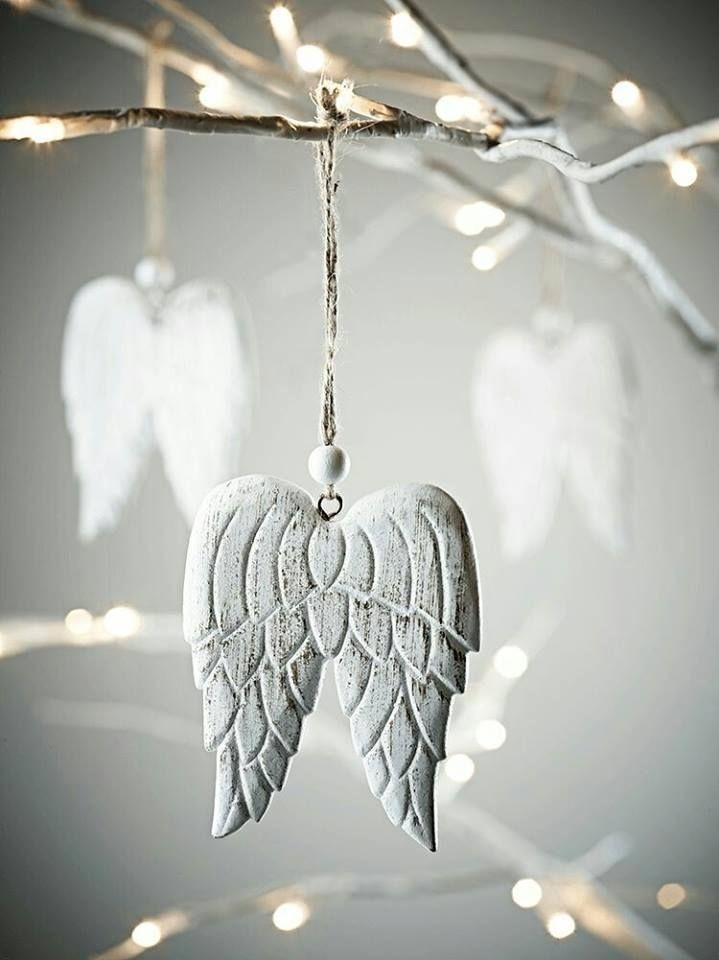Petals for Palestine — A Ritual of Remembrance
- Koöko Fleurs
- Sep 9
- 4 min read

It was early September, and the world felt heavy. News flickered across screens—images of rubble, of children wrapped in dust, of mothers holding silence in their arms. Gaza was grieving. Again. And yet, amid the noise and the numbers, something quieter stirred. In Paris, someone laid a circle of petals near the Seine. No signs. No slogans. Just flowers. Red for blood. White for mourning. Olive leaves for endurance. It wasn’t a protest—it was a prayer. A whisper. A ritual.
This is how Petals for Palestine began. Not as a campaign, but as a gesture. A way to hold space for sorrow without amplifying conflict. A way to honor lives without choosing sides. A way to speak through softness when words feel too sharp.
Petals are ephemeral. They bruise easily. They fall. And yet, they carry centuries of meaning. In Palestinian culture, flowers are not decoration—they are declaration. Red poppies bloom across the hills, symbols of bloodshed, memory, and rooted resistance. Olive branches represent endurance, land, and peace—often passed from hand to hand in silent hope. Jasmine evokes home, tenderness, and longing, its scent lingering like memory. To lay petals is to lay witness. To arrange them is to arrange emotion. Petals become a palette of remembrance—soft, symbolic, and sacred.
Every culture holds its own palette of protest—woven through rituals, garments, gestures, and songs. These are not just traditions; they are transmissions. From indigo-dyed robes in West Africa to floral offerings in Southeast Asia, symbolic protest is embedded in ancestral memory. Cultures do not shout—they echo. They offer forms of resistance that are rhythmic, reverent, and rooted. To honor culture in art for awareness is to listen with more than the eyes—it is to feel with the soul.
Some of the most tender protests speak through symbols: the white scarf, worn since 1977 by mothers in Argentina’s Plaza de Mayo, became a gesture of mourning and maternal strength in response to the country’s disappearances; the circle of petals, seen in spontaneous memorials across Europe and Asia—such as the rose installations in Paris after the 2015 attacks—invites collective healing without confrontation; and the threaded knot, used in silent rituals and textile activism from Japan to South Africa, embodies emotional repair and unity. These forms do not shout—they soothe. They offer resistance as ritual, and awareness as art.
Colors have long been the silent banners of movements. Red pulses with urgency, but also with vitality. White mourns, forgives, and invites peace. Green renews, grows, and resists decay. Blue calms, clarifies, and opens dialogue. Grey holds ambiguity, neutrality, and quiet strength. In symbolic protest, color is not decoration—it is declaration. A single hue can carry centuries of struggle or a whisper of hope. Choosing a palette becomes an act of emotional diplomacy.
What if protest didn’t provoke—but invited? What if we chose colors not to confront, but to connect? The peaceful palette is a visual language of empathy. It softens the edges of resistance and opens space for dialogue. These hues do not dilute emotion—they distill it. Soft lavender for collective healing. Pale gold for hope and dignity. Mist blue for clarity and calm. Olive green for rooted resilience. Warm beige for neutrality and presence. These colors do not scream—they hum. They do not demand—they offer. In a world of polarization, the peaceful palette becomes a bridge.
Touch tells stories that words cannot. Burlap scratches like injustice. Silk soothes like dignity reclaimed. Torn paper echoes fragmentation and loss. Braided yarn binds solidarity and care. Velvet comforts, dignifies, and invites pause. When we choose materials, we choose metaphors. A protest stitched in velvet speaks differently than one carved in stone. Texture becomes a tactile language of empathy.
Shapes are emotional architecture. Circles unite, protect, and include. Broken lines disrupt, fracture, and question. Spirals transform, evolve, and return. Soft edges soothe, welcome, and disarm. The geometry of protest is not accidental—it is ancestral. It carries the wisdom of symbols passed down through ritual, art, and resistance. A gentle form can still hold fierce meaning.
The artist does not resolve the world. She reflects it. She gathers fragments—color, cloth, silence—and arranges them into meaning. Her canvas is not a battlefield, but a sanctuary. Her protest is not a cry—it is a cradle. In times of unrest, the artist becomes a vessel for what cannot be shouted, only felt.
Create your own petal offering. Choose one flower that speaks to your emotion—grief, hope, solidarity, or longing. Arrange its petals in a circle, a spiral, or a broken line. Place it in a quiet space—your window, your altar, your journal. Let it live as a silent witness. Let it be your peaceful protest.
Petals for Palestine is not a solution—it is a salve. It does not erase suffering, but it honors it. It reminds us that beauty can carry grief, and softness can hold strength. In every bloom, there is a story waiting to be felt. And in every gesture of care, there is a protest waiting to be heard.











Comments